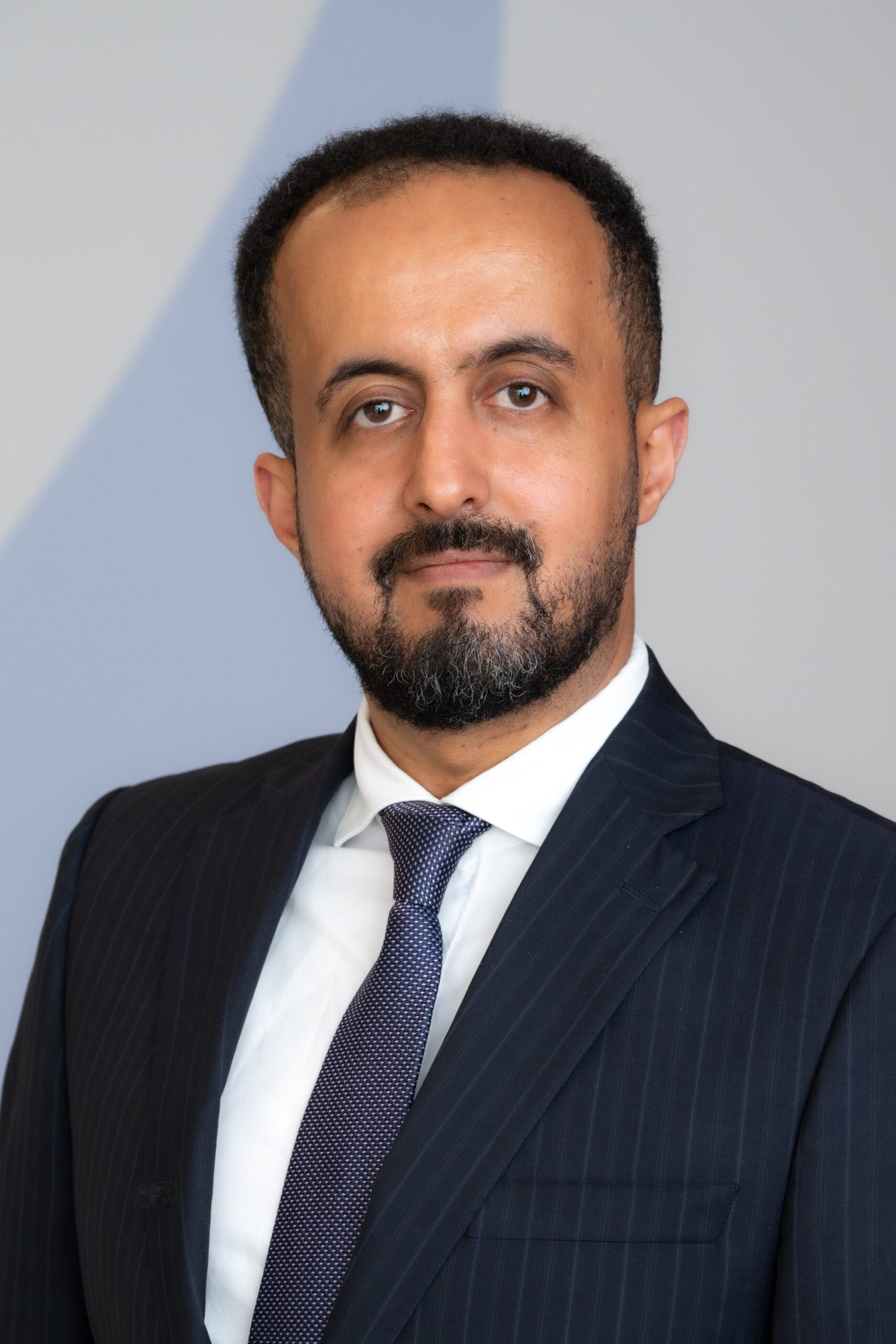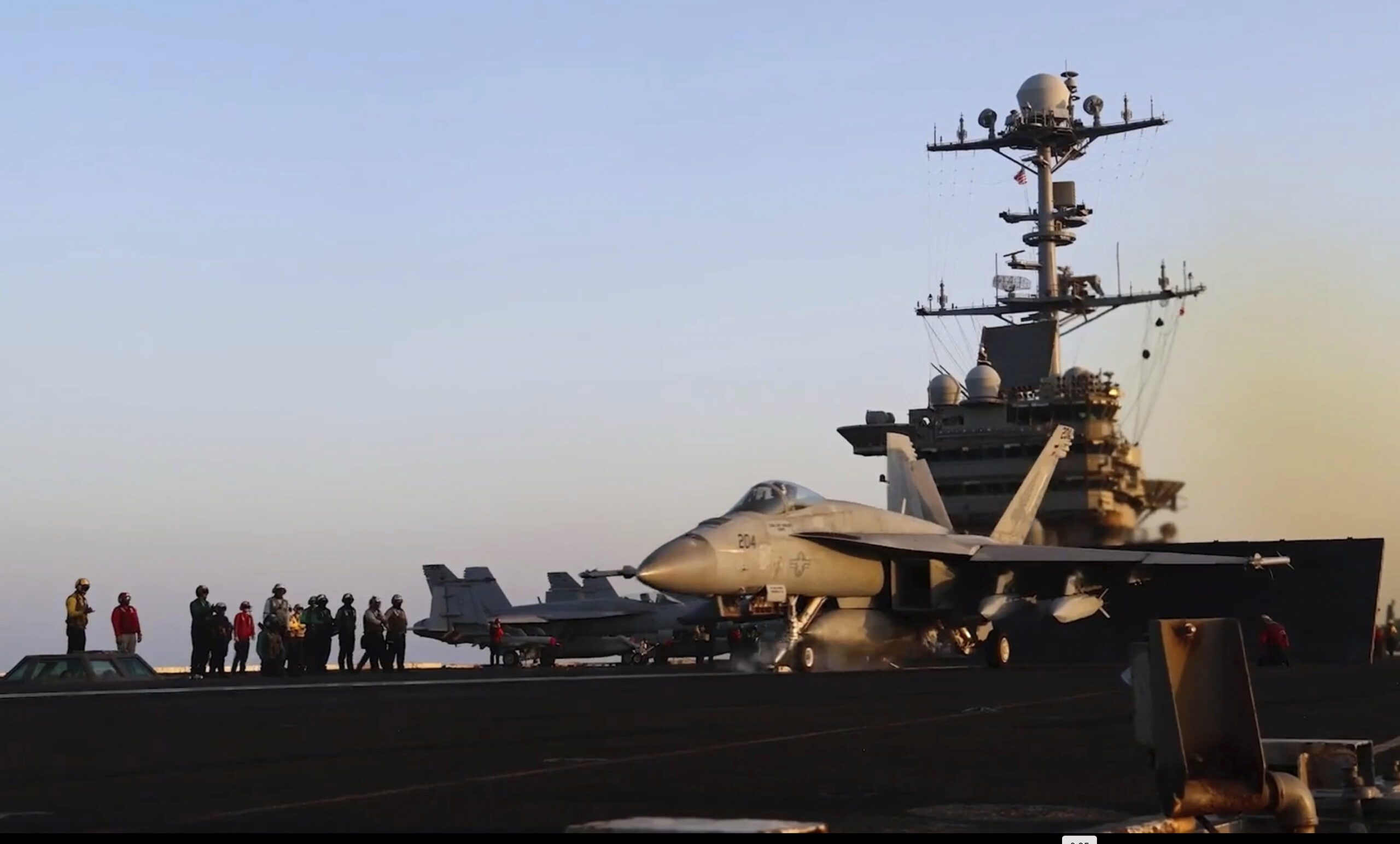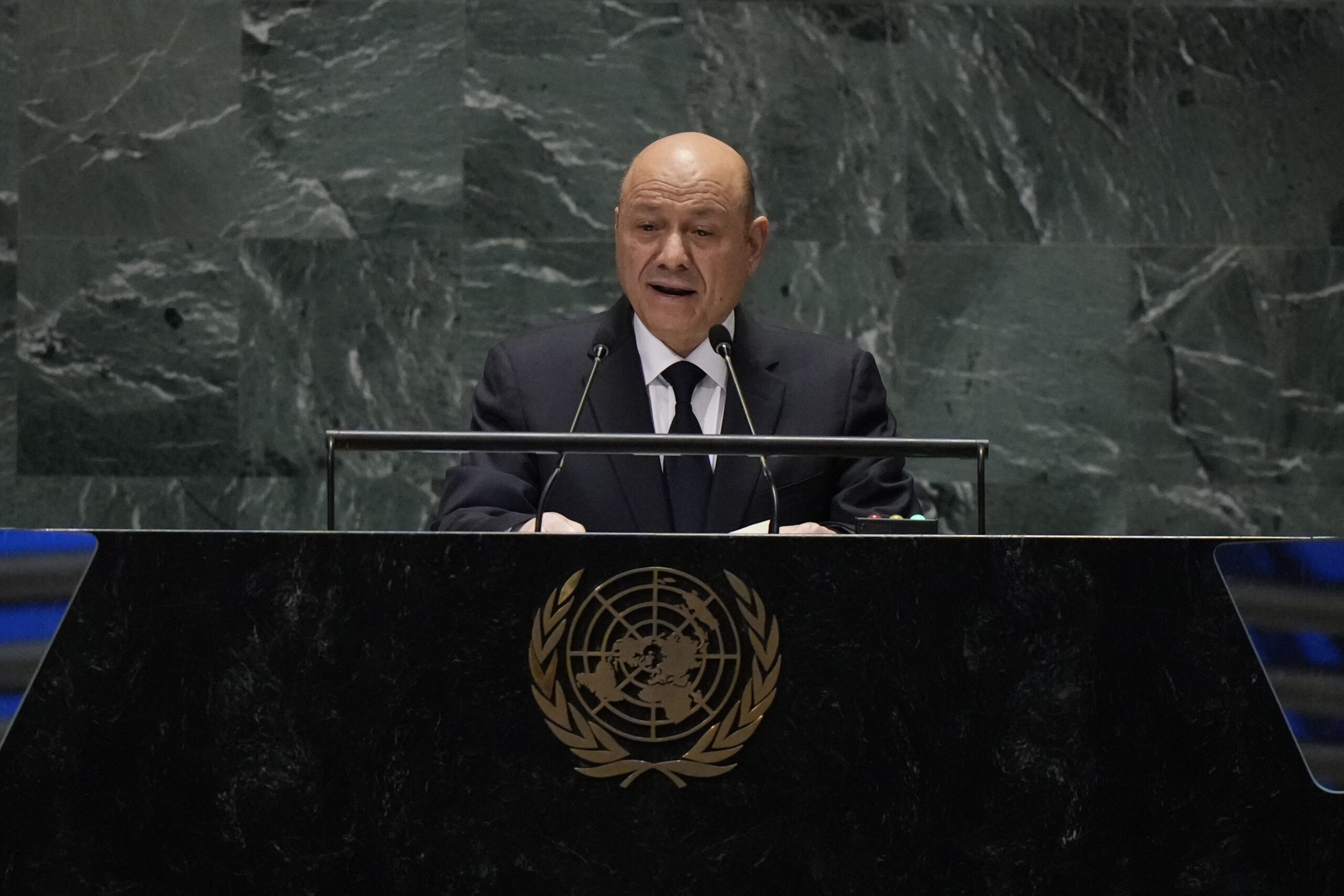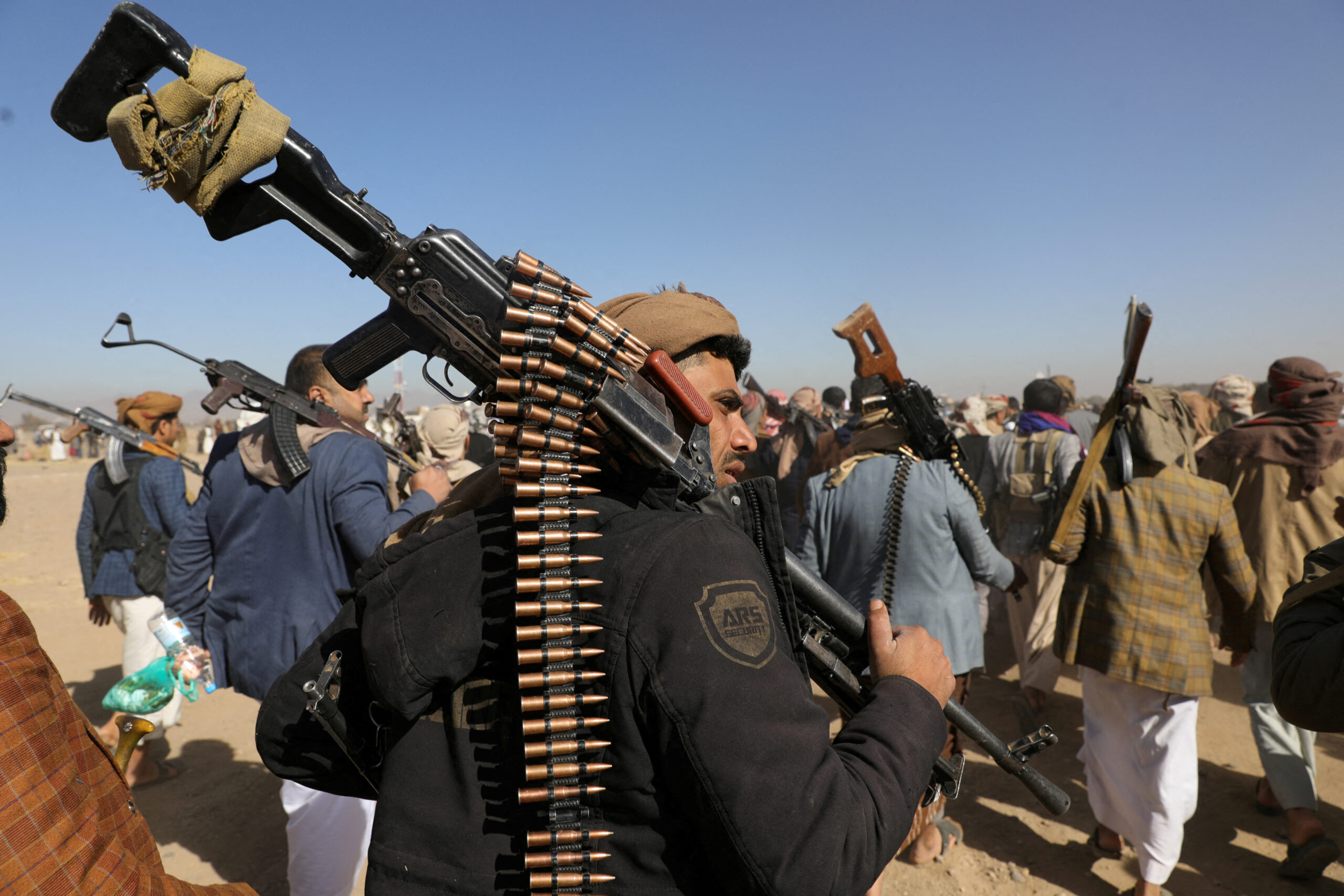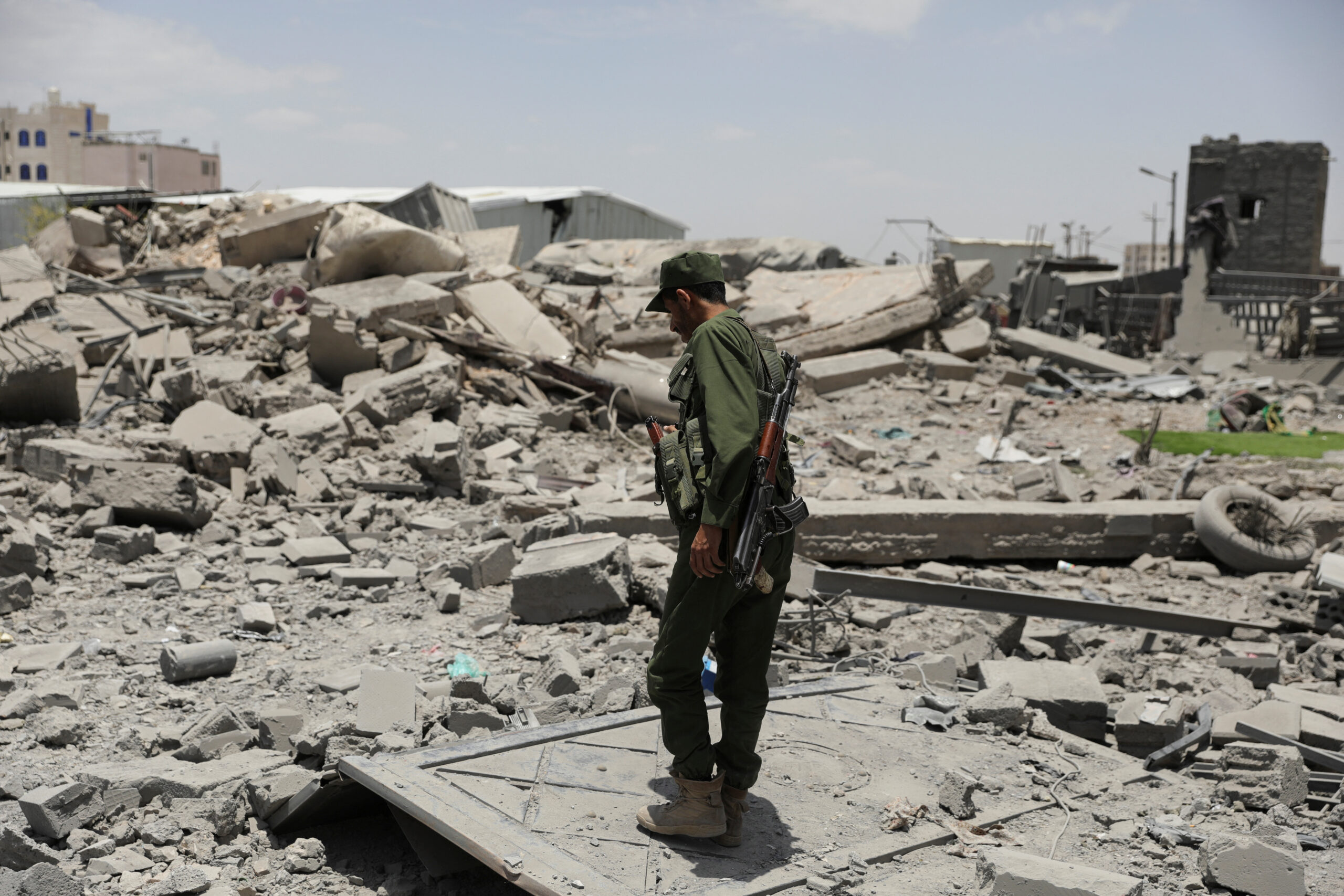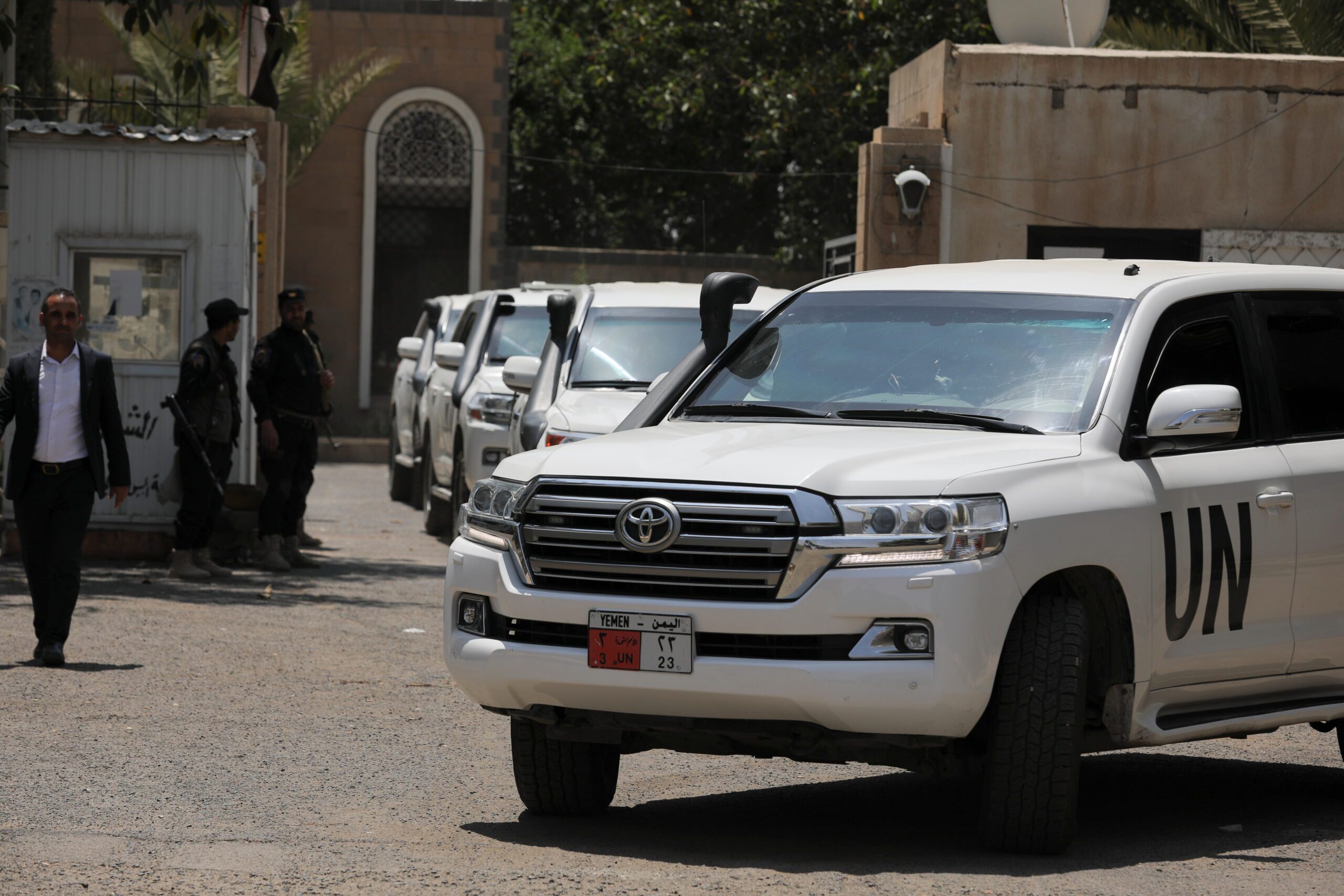
Like many other conflicts around the world, Yemen has rarely been a priority for global decision makers. It has often been treated as an internal problem with limited external focus on the needs of the Yemeni population itself. Since the conflict broke out in 2014, the United Nations has been involved in negotiations, and agreements have been reached between the main warring parties. Nonetheless, a sustainable political settlement has remained elusive, highlighting the limitations of the U.N.’s peace track in Yemen.
Yemen was among the countries affected by the Arab Spring uprisings in 2011 and, for a time, was considered an example of a turbulent but relatively peaceful transition. In 2012 and 2013, at the conclusion of the U.N.-sponsored National Dialogue Conference, the U.N. secretary-general even declared that Yemen had proved that “positive change is possible” and was on a path toward democratic governance. However, in 2014, amid extensive U.N. mediation, this transition collapsed when Iran-backed Houthi rebels stormed and seized the capital, Sanaa. This ultimately led to the intervention of a Saudi-led coalition in March 2015 in support of Yemen’s U.N.-recognized government.
Since the Houthis’ seizure of Sanaa, the U.N. has engaged in mediation between the Yemeni government and the Houthis. In September 2014, as Houthi forces advanced from Saada toward Sanaa, the U.N. envoy shuttled between the two cities and eventually brokered an agreement. Several Yemeni political actors, including President Abd Rabbu Mansour Hadi, later described this agreement as having been reached under duress. In fact, soon after the deal was finalized, the Houthis placed Hadi and other government leaders under house arrest, forcing them to flee. This revealed not just the limitations of U.N. leverage but the Houthis’ determination to consolidate power through coercion.
The U.N. has facilitated multiple rounds of talks between the Yemeni government and the Houthis in cities around the world, including Geneva, Kuwait City, and Stockholm. The Stockholm agreement, long portrayed as the U.N.’s most significant achievement, did not resolve the conflict but instead froze the government’s attempt to retake Hodeidah. While it prevented a direct confrontation in the city, it effectively appeased the Houthis. Soon after, they expanded offensives in Marib, Nehm, and other fronts. What was once cited as a diplomatic success, in practice emboldened the Houthis and gave them room to maneuver militarily.
At the same time, the U.N. envoy was increasingly focused on launching alternative tracks, side initiatives that divided the conflict into smaller, fragmented issues. These did little to address the central problem. In 2018, the Yemeni foreign minister said the conflict in Yemen is fundamentally between two main parties: the Yemeni government and the Houthis. He suggested that broader divisions within Yemen’s political and social fabric should be resolved later in a national dialogue conference not through parallel processes that complicate the peace track. The U.N.’s shortcomings, combined with the Houthis’ pattern of escalating after each round of negotiations, eroded Yemeni confidence in these international mediation efforts. Allegations of corruption within other U.N. agencies operating in Yemen only deepened this mistrust.
Meanwhile, Saudi Arabia – once a firm supporter of the U.N.-led process, began to explore alternatives. This shift reflected not only waning confidence in U.N. mediation but also Riyadh’s growing interest, by 2021, in finding an exit from Yemen, which made it more willing to pursue direct talks with the Houthis outside the U.N. track. In late 2021, Oman facilitated direct talks between Riyadh and the Houthis. The U.N. was sidelined as was the Yemeni government, long exiled in Saudi Arabia. Although Saudi officials maintained they consulted their allies, it was clear that certain financial and security guarantees were agreed upon exclusively between Saudi Arabia and the Houthis. These bilateral understandings were part of broader regional de-escalation efforts, notably the Saudi-Iranian rapprochement brokered by China that was announced in 2023. On April 1, 2022, the U.N. brokered a cease-fire that ultimately expired that October. However, experts assert that the talks in Oman helped sustain the cease-fire. Although the truce has not been formally extended, and clashes have continued on certain fronts, major incidents have been avoided. Saudi Arabia has de-escalated, and the Houthis have refrained from launching cross-border attacks on Saudi territory.
This limited success, while not bringing Yemen closer to a comprehensive resolution, demonstrated something important: The challenge lies not only with Yemeni parties but also with the U.N. mediation mechanism itself. Despite continuing to carry out his mandate, the U.N. envoy has been perceived as ineffective and largely irrelevant to the core negotiations.
The most pressing question now is whether U.N. mediation remains useful for Yemen or whether the U.N. will continue to serve mainly as a facilitator for agreements in which it has little role in shaping. Concerns about representation at the negotiating table, coupled with the proliferation of alternative tracks the envoy’s office has sponsored over the past decade, raise doubts about the overall relevance of the U.N. process. Many Yemenis now believe that international mechanisms have rewarded the Houthis’ violent behavior through repeated concessions. Instead of incentivizing compromise, this approach convinced many that force and coercion pay dividends. The Houthis’ consolidation of power in the north, and their ability to impose costs on regional actors, strengthened this perception.
The U.N. track in Yemen is not yet obsolete, but it has been profoundly weakened. Its future role may not be as the architect of peace but as a guarantor and legitimizing umbrella for agreements forged primarily through regional initiatives. Yet this raises a broader question: Does the current international approach of appeasement work with groups like the Houthis, whose strategy is rooted as much in military strength and ideological control as in negotiation? Mediation remains valuable, but the Yemeni case suggests it may not be sufficient on its own. For the U.N. and the international community, the real challenge is whether they can adapt their approach to confront not only the political but also the military and coercive nature of actors like the Houthis. While the United States demonstrated a willingness to use intensive force during its six-week bombing campaign in the spring, broader international efforts have largely avoided comparable measures, whether through stronger sanctions or firmer responses to Houthi aggression. Without such tools, peace in Yemen through the U.N. track will remain more an aspiration than a reality.
The views represented herein are the author's or speaker's own and do not necessarily reflect the views of AGSI, its staff, or its board of directors.
